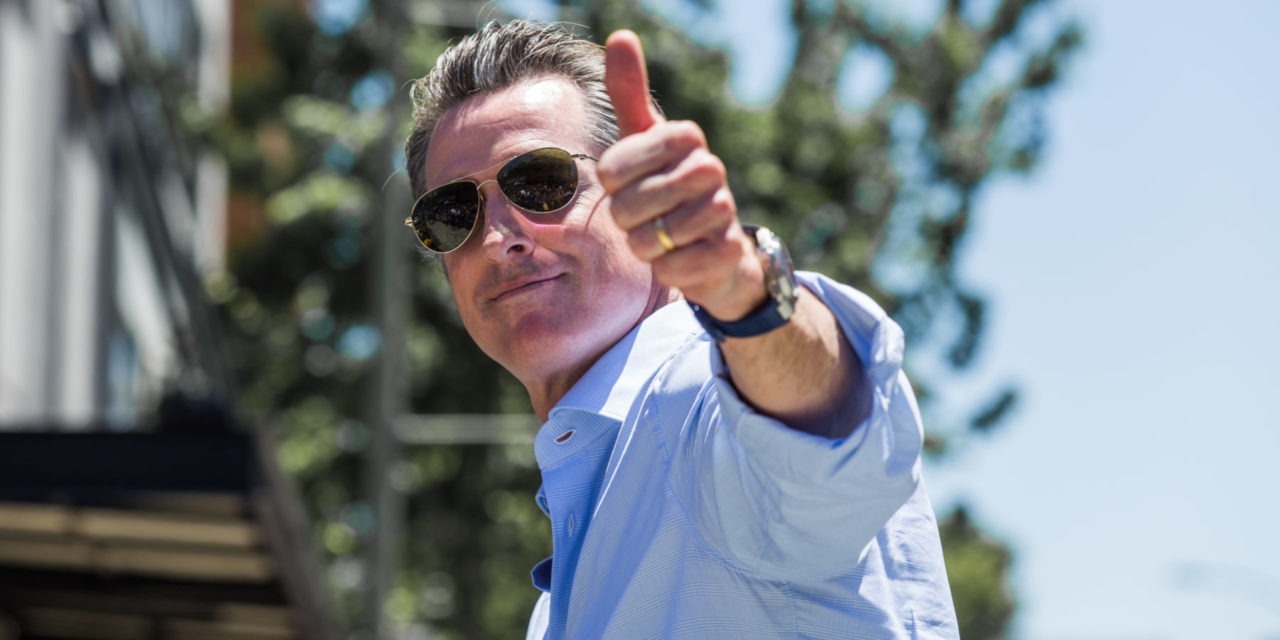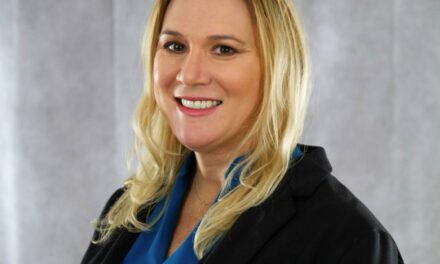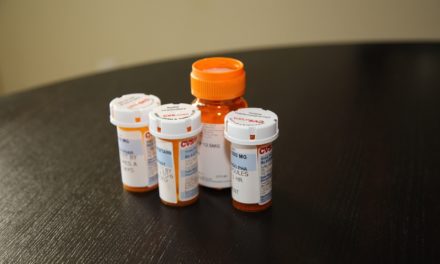California Gov. Gavin Newsom emerges victorious from a GOP-led recall election on Sept. 14
Based on unofficial results with all precincts partially reporting, California Gov. Gavin Newsom emerges victorious from a Republican-led recall election on Sept. 14, 2021. Some 63.9% of voters voted to retain Newsom, a Democrat, and 36.1% voted to recall. Results will be certified by Oct. 22.
It was a historic embarrassment for Republicans.
Voters were asked two questions. The first asked whether Newsom should be recalled from the office of governor. The second asked who should succeed Newsom if he is recalled. A majority vote was required on the first question for the governor to be recalled. If Newsom had been recalled, the candidate with the most votes on the second question would have won the election, no majority required.
Forty-six candidates, including nine Democrats and 24 Republicans, ran in the election. The candidates to receive the most media attention and perform best in polls heading into the election were YouTuber Kevin Paffrath (D), 2018 gubernatorial candidate John Cox (R), radio host Larry Elder (R), former San Diego Mayor Kevin Faulconer (R), California State Board of Equalization member Ted Gaines (R), former Olympian and television personality Caitlyn Jenner (R), and Assemblyman Kevin Kiley (R).
Recall supporters said Newsom mishandled the state’s response to the coronavirus pandemic, did not do enough to address the state’s homelessness rate, and supported sanctuary city policies and water rationing.[3] In a March 2021 response, Newsom called the effort a “Republican recall — backed by the RNC, anti-mask and anti-vax extremists, and pro-Trump forces who want to overturn the last election and have opposed much of what we have done to fight the pandemic. Newsom was elected as governor in 2018 with 61.9% of the vote.
Since 1911, there have been 55 attempts to recall a California governor. The only successful recall campaign was in 2003 when voters recalled then-Gov. Gray Davis (D). Arnold Schwarzenegger (R) was elected as Davis’ replacement. In that election, 135 candidates ran and the winner received 48.6% of the vote.
Aaron Blake of The Washington Post described Newsom and the Democratic Party of California’s recall strategy as “Newsom-or-bust,” speculating that a Democrat with broad name recognition or popularity on the ballot could have hurt Newsom’s chances of survival.
In 2003, Lt. Gov. Cruz Bustamente (D) received the second most votes among replacement candidates, and his candidacy was cited by many in the media as a reason for the recall’s success, claiming he gave Democratic voters more of a reason to vote to recall the governor. In this recall election, there was no similar Democratic politician for Democratic voters to coalesce around. Newsom and those campaigning on his behalf told voters to vote “No” on the recall question and leave the replacement candidate question blank.
The Republican Party of California took a different approach. Faulconer, considered by many in the media to be a candidate for higher office (such as governor in 2022), was one of several experienced politicians to file. Elder, who entered the race close to the filing deadline, appealed to the party’s evangelicals, voters over 65, and people who voted for former President Donald Trump (R).
Although the state party scheduled a vote to endorse a candidate, delegates voted not to endorse. Leaders praised the move, saying they feared an endorsement would drive down turnout among voters who preferred a different candidate.
Orrin Heatlie began this recall campaign on June 10, 2020. It was the fifth of six recall petitions filed against Newsom since 2019. Organizers of the recall campaign submitted 2.1 million signatures by the March 17 deadline and 1,719,900 were valid – more than the 1,495,970 necessary to trigger a recall election.[10]. To read more about how this recall went from the official petition to the ballot, click here.
Image Sources
- Gov. Gavin Newsom: Shutterstock







